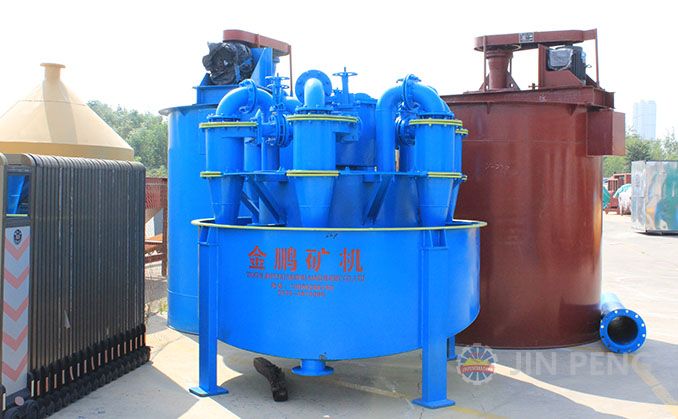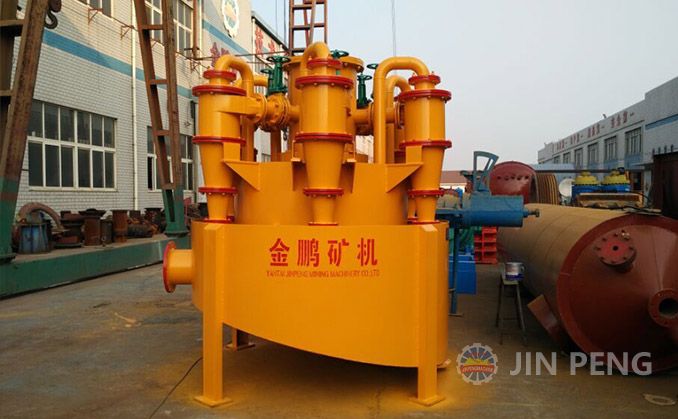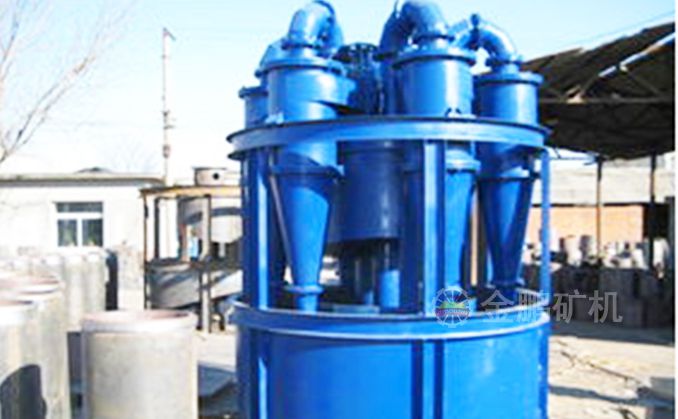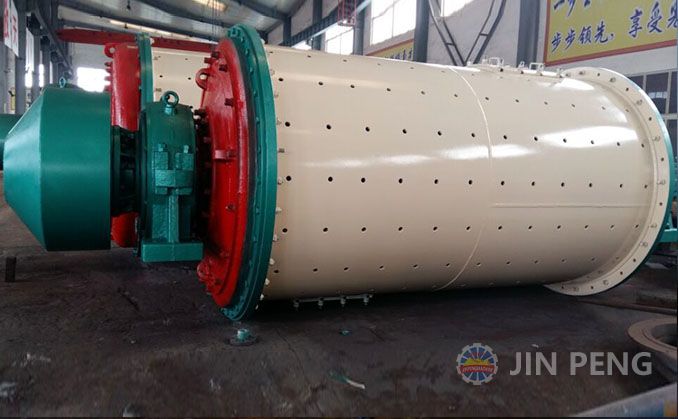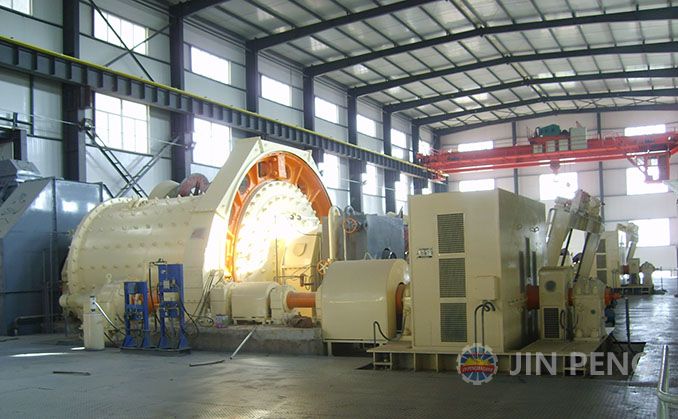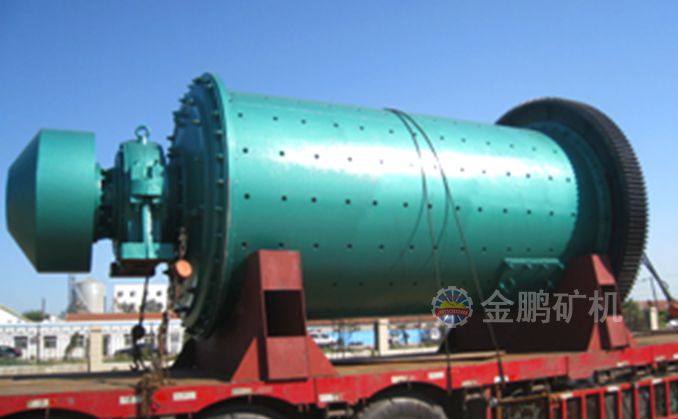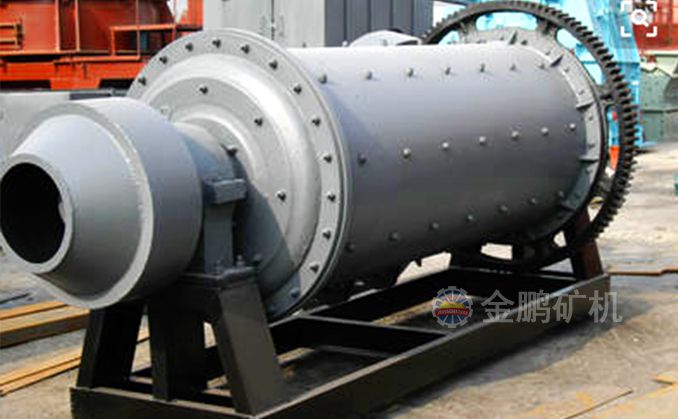Principle
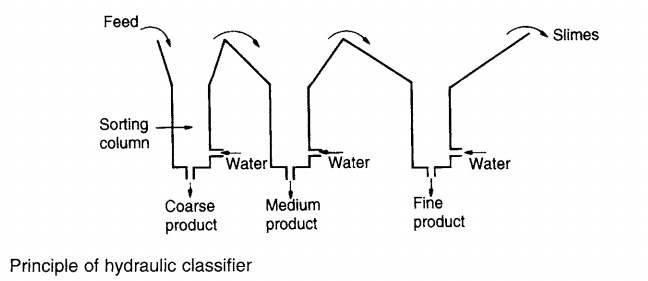
Liquids and solids enter the unit and begin traveling in a circular flow. This centrifugal action forces heavier particles downward in a spiral motion to the separation chamber. The particles collect in this separation chamber and are purged from the system. The filtered water is drawn to the separator’s vortex and up through the outlet.
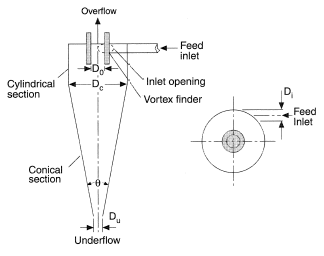
Advantages
Capable of separating fine material from liquid
Can separate liquid from liquid when large differences in specific gravity are present
Accepts variation in feed solids content
Consistent underflow densities
Adjustable underflow densities
Rubber-lined standard; ceramic lining optional
Parameters
| Hydrocyclone |
| Model | Diameter(mm) | Height(mm) | Feeding pressure(Mpa) | Separation size(μm) | Weight(kg) |
| JAX-75 | 75 | 472.5 | 0.1-0.5 | 20-60 | 4 |
| JAX-100 | 100 | 499 | 0.05-0.4 | 20-60 | 8 |
| JAX-125 | 125 | 590 | 0.05-0.4 | 25-65 | 10 |
| JAX-150 | 150 | 786 | 0.05-0.4 | 30-75 | 22 |
| JAX-200 | 200 | 1114 | 0.05-0.4 | 40-100 | 36 |
| JAX-250 | 250 | 1380 | 0.05-0.4 | 40-100 | 63 |
| JAX-300 | 300 | 1490 | 0.03-0.4 | 50-150 | 88 |
| JAX-350 | 350 | 1674 | 0.03-0.4 | 50-150 | 135 |
| JAX-500 | 500 | 2280 | 0.03-0.4 | 74-200 | 416 |
| JAX-660 | 660 | 2720 | 0.03-0.4 | 74-200 | 950 |
(Tips: You can add this webpage as favourite, or find it by serach in Google with the keywords below: gold cyclone separator, mining hydrocyclone, liquid liquid hydrocyclone, water cyclone separator, hydrocyclone seperator, gold cyclone separator, cyclone gold concentrator, hydrocyclone classification, and so on.)



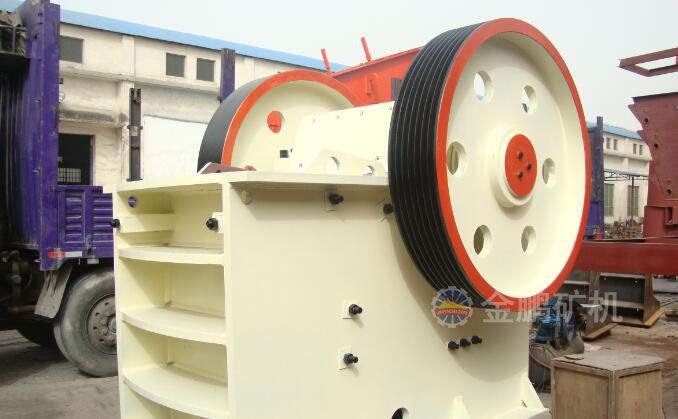
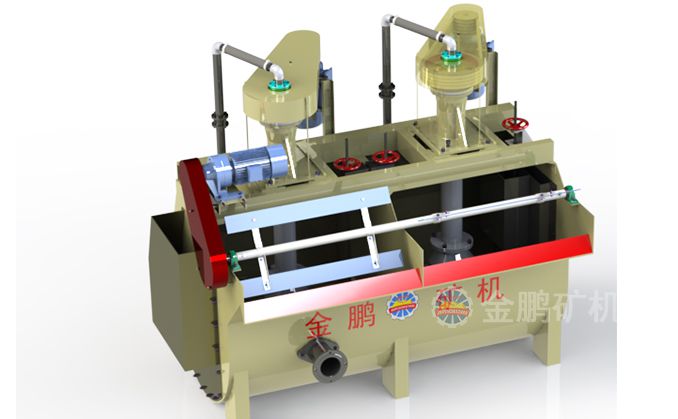
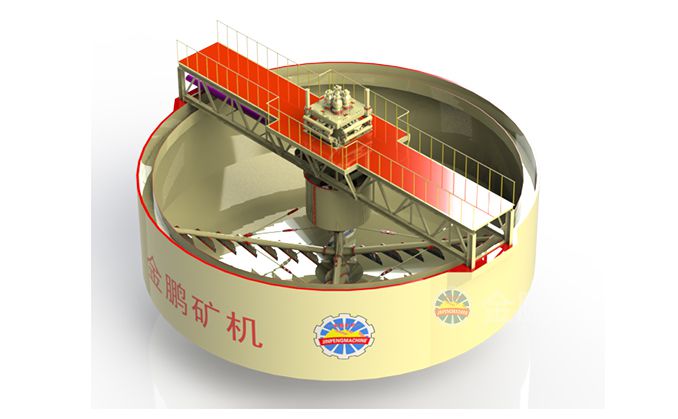
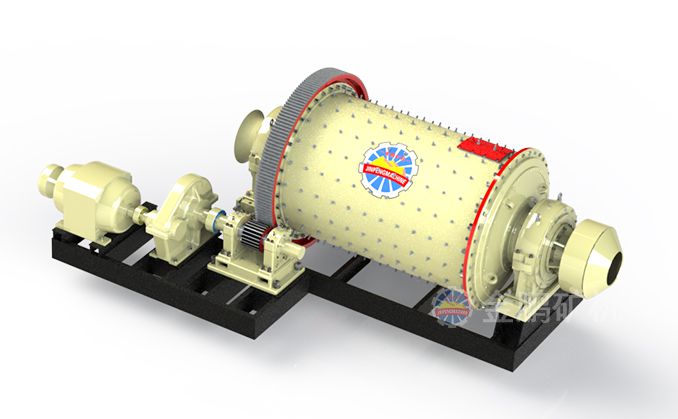

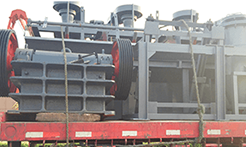
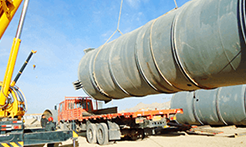






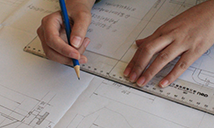
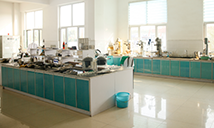
 中文
中文 English
English Español
Español русский
русский